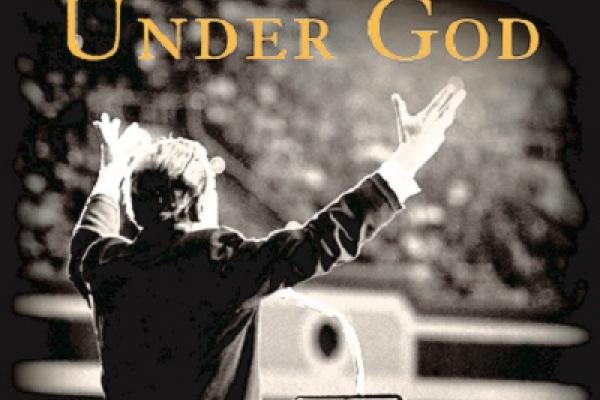IN A RECENT interview, Wendell Berry reiterated how perplexed he was that many Christians who are guided by a deep love for God can participate so willingly in an economy that is rapidly devastating God’s creation. In his new book One Nation Under God: How Corporate America Invented Christian America, Princeton historian Kevin Kruse offers a narrative that sheds light on how our churches got into the mess that Berry bemoans. As the book’s subtitle indicates, the primary story that Kruse traces is that of the genesis of “Christian America,” which unfolded not in the era of the Founding Fathers, as David Barton and other conservative Christians contend, but rather in the mid-20th century with industrialists who rallied churches to oppose FDR’s New Deal.
Read the Full Article

